Caulking Brick Joints A Common Mistake
Just this past week, we took a look at a particular historic brick masonry wall where there was an open joint between the base of the wall in the adjacent concrete paving surface. This opening was large enough that it allowed water to just run down right towards the base of the foundation where the historic construction didn’t have a waterproofing that was up to the level of par of today’s type of standards.
Water entered through the permeable brick and caused significant damage to the foundation of the building from the exterior through to the interior areas. We definitely recommend the application of a high-performance sealant at the connection or joint between dissimilar materials, particularly where masonry abuts a concrete surface. A flexible sealant at a location like this can be helpful, both to seal out the elements like water and precipitation, but also it can help to maintain that seal and provide some flexibility during typical movements.
These building movements are extremely common, they happen with a wide variety of different types of building materials, but they’re extremely prolific and particularly more important at planar joints. Planar joints are the joints between the paving at grade, and a vertical wall surface, for example. Other areas of planar joints can happen between similar materials and building assemblies such as vertical corners of masonry buildings as well. These areas, particularly where brick is toothed-in from one course to the next in a transition in a wall, for example, are particularly susceptible to micro movements. These vertical joints, for example, are basically expected to crack, even when the construction is done with good quality.
At locations like this, it’s important to overlay the masonry with a sealant that has both high resistance to exterior elements and high performance, both in terms of adhesion and in maintaining flexibility through fluctuations in weather cycles and particularly with exposure to sunlight. Sunlight has powerful UV that will break down low quality sealants very quickly.
Here today though, we’re looking at something similar but very different. It sounds similar because some uneducated or untrained contractor used a very similar sealant on a masonry wall but in a slightly different way that now has caused damage and can lead to problems. This article today highlights why it’s so worthwhile and valuable the higher a good contractor who cares about building construction science and quality. We see problems like this extensively with people who focus on real estate development and flipping buildings.
In the picture below, for example, you can see that repairs have been done to the masonry just above the front facade basement window. This basement window is shorter than the remainder of the windows in the building because it just allows a little bit of light to come in at the small area where the basement floor to ceiling height is barely above grade at the top.
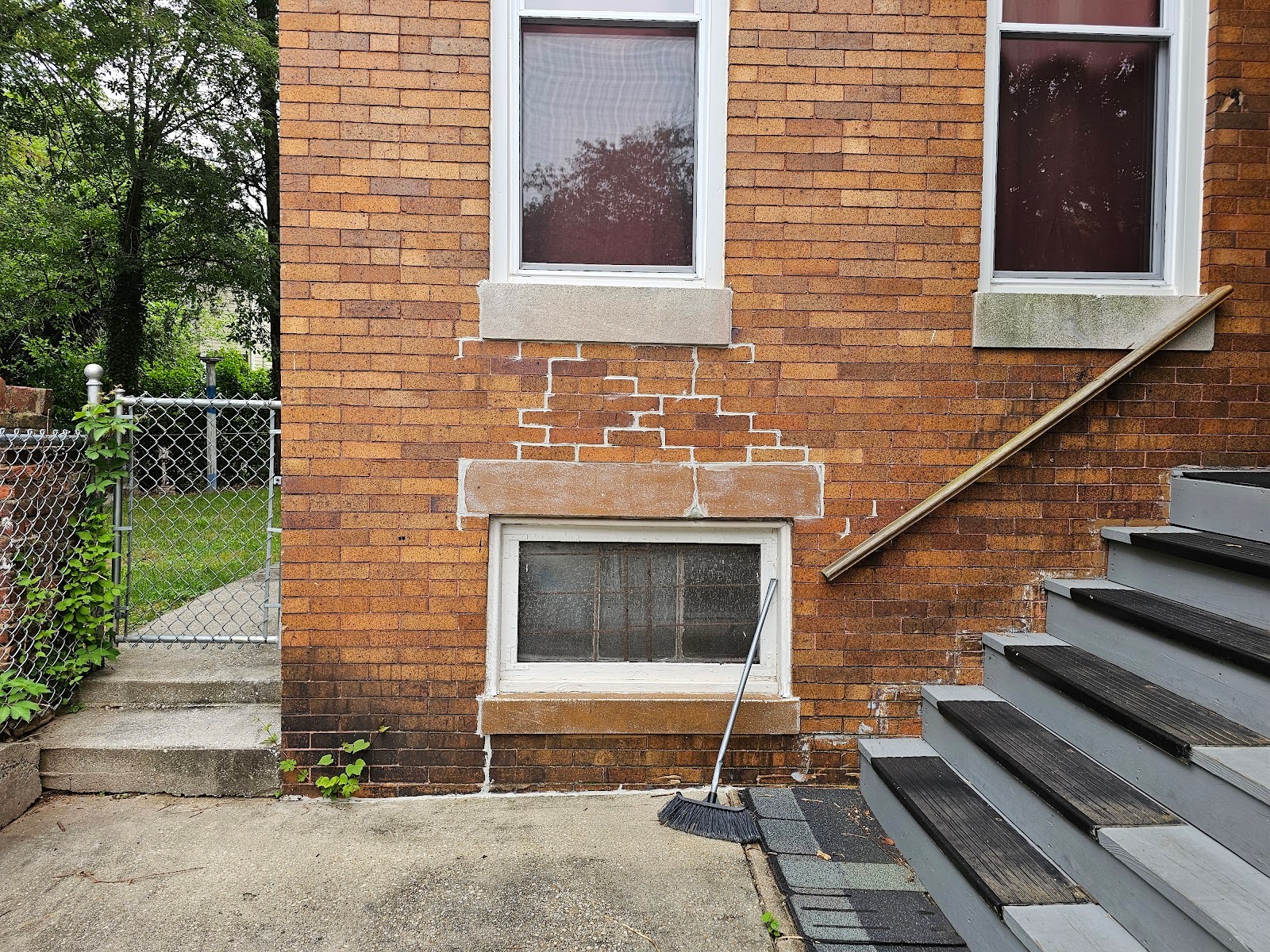
From a distance, maybe it doesn’t look terrible, but as you get closer it really stands out. One of the big differences here is that this particular brick, in contrast to most of the bricks we see in historic homes in DC, is made from a lighter clay substrate. It has an oranges reddish color instead of a typical historic red clay that were more accustomed to seeing throughout the historic neighborhoods.
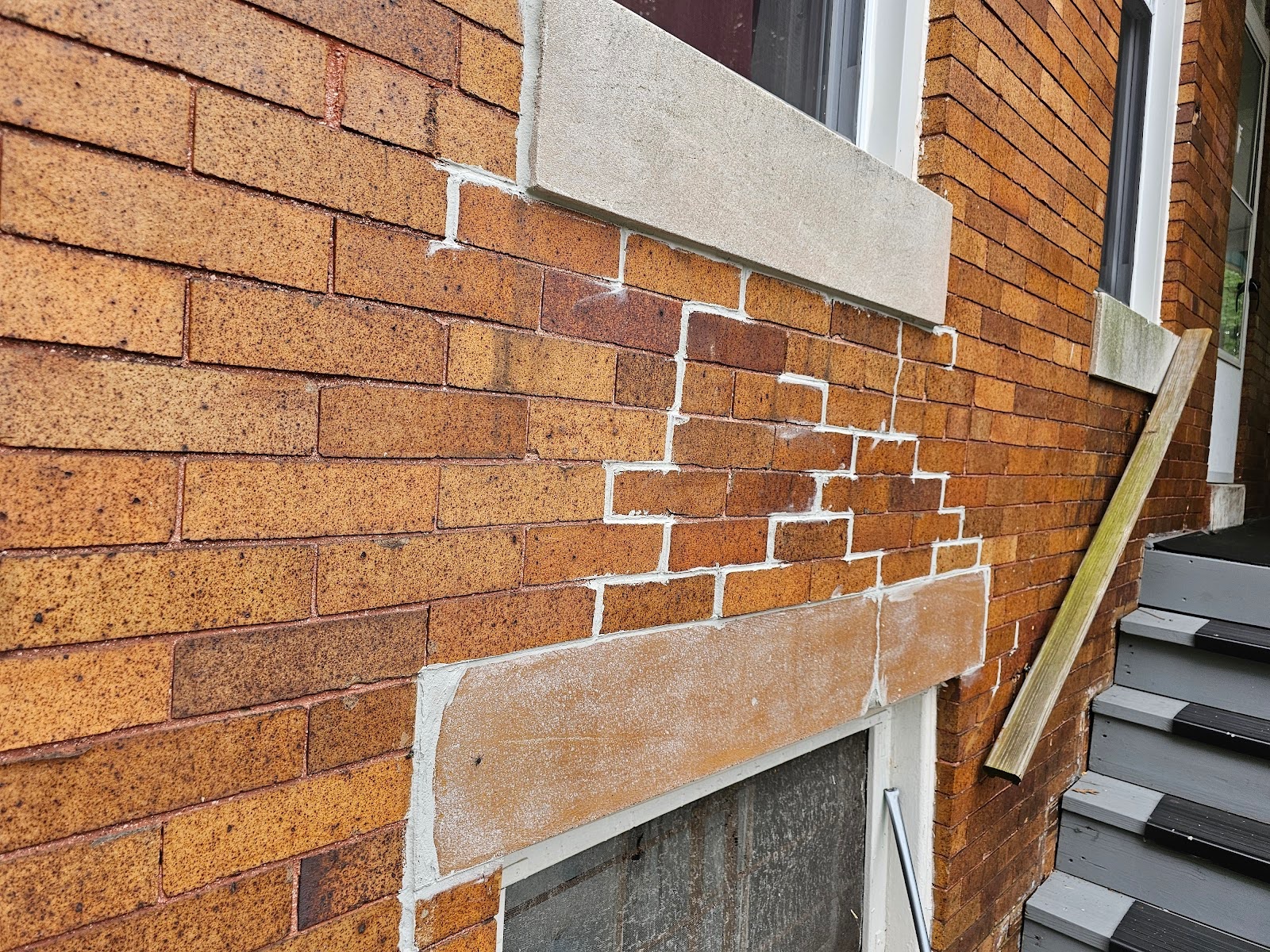
The picture below shows a view, 90° from the wall. Here at a close distance, it really stands out. Even from this distance though, it might be mistaken for a mortar of a non-matching color, just applied in a sloppy way.
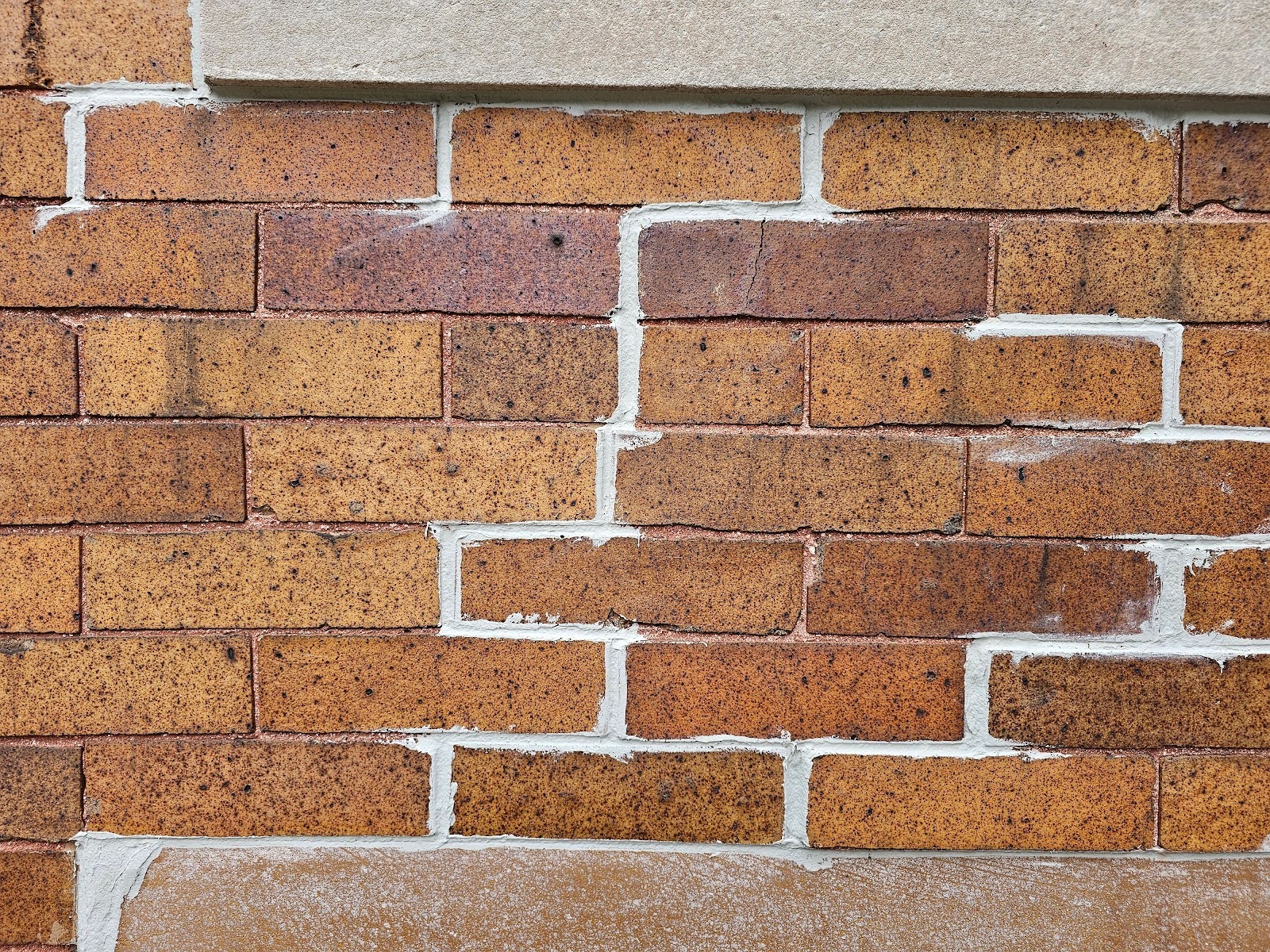
Each step though as you get closer it looks worse and worse.
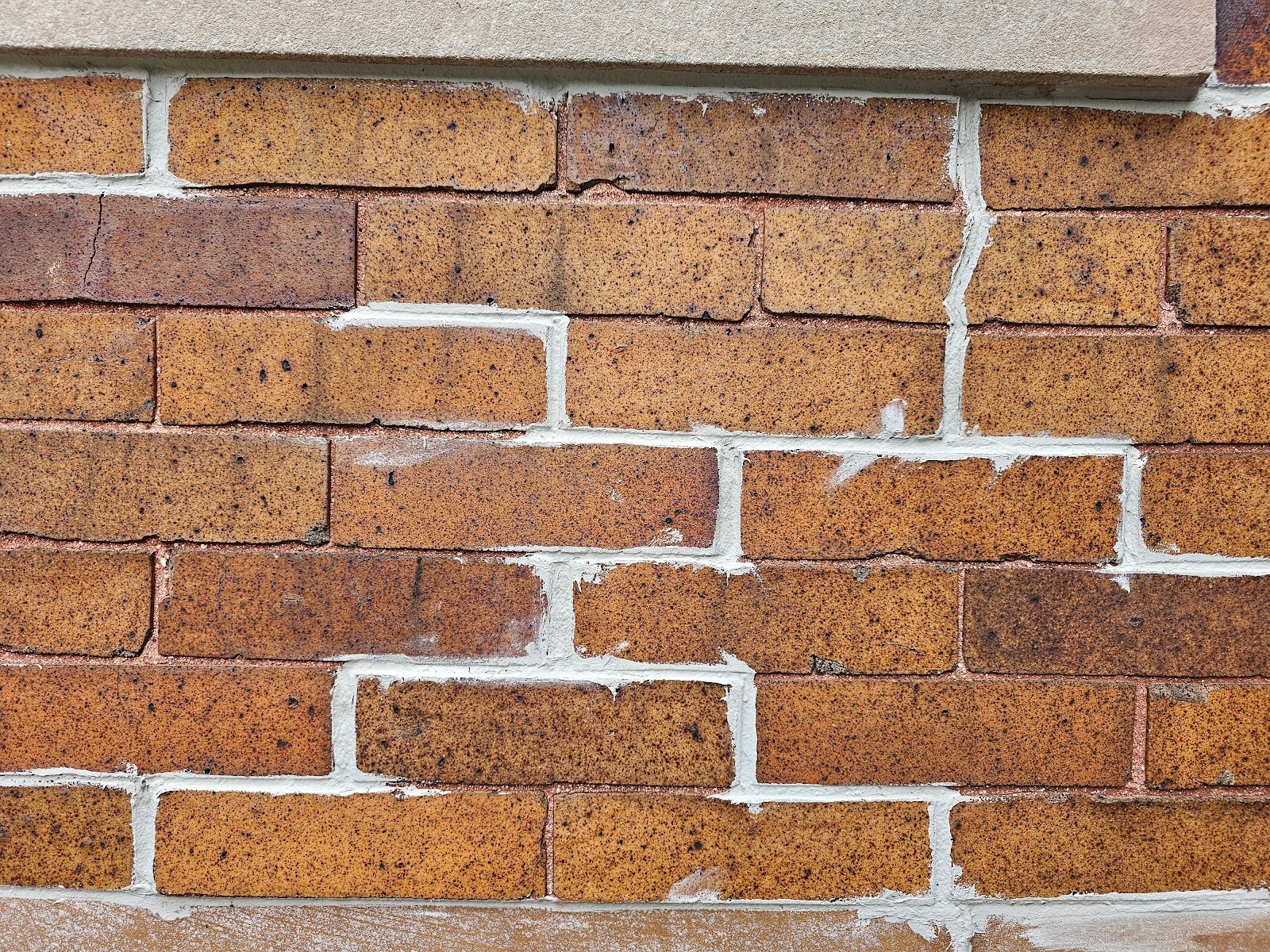
When you get really close you can see how sloppy and bad looking this work really is, it could hardly be done any worse than this. Even if you were trying to make something look ugly.
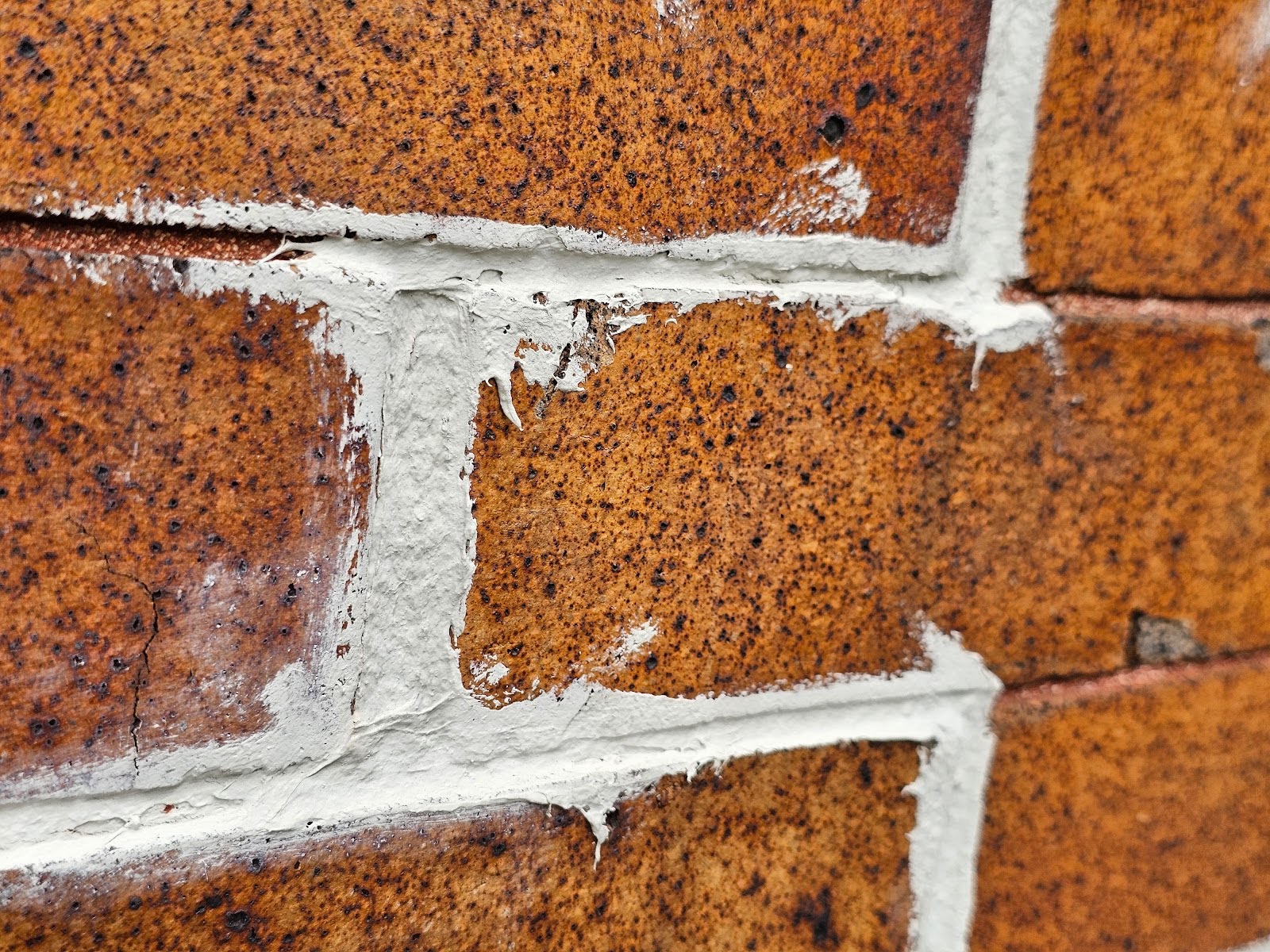
It basically looks like they smeared on toothpaste using their elbows.

The problem with doing this to historic brickwork is that the brickwork is porous, more porous than modern brickwork, and these sealants are often high strength with a high degree of bondability. That basically means that many of these different types of sealants are very sticky. Once attached to a surface, especially a surface like masonry, they won’t come off easily. This is particularly true when it’s a historic masonry surface with high porosity.
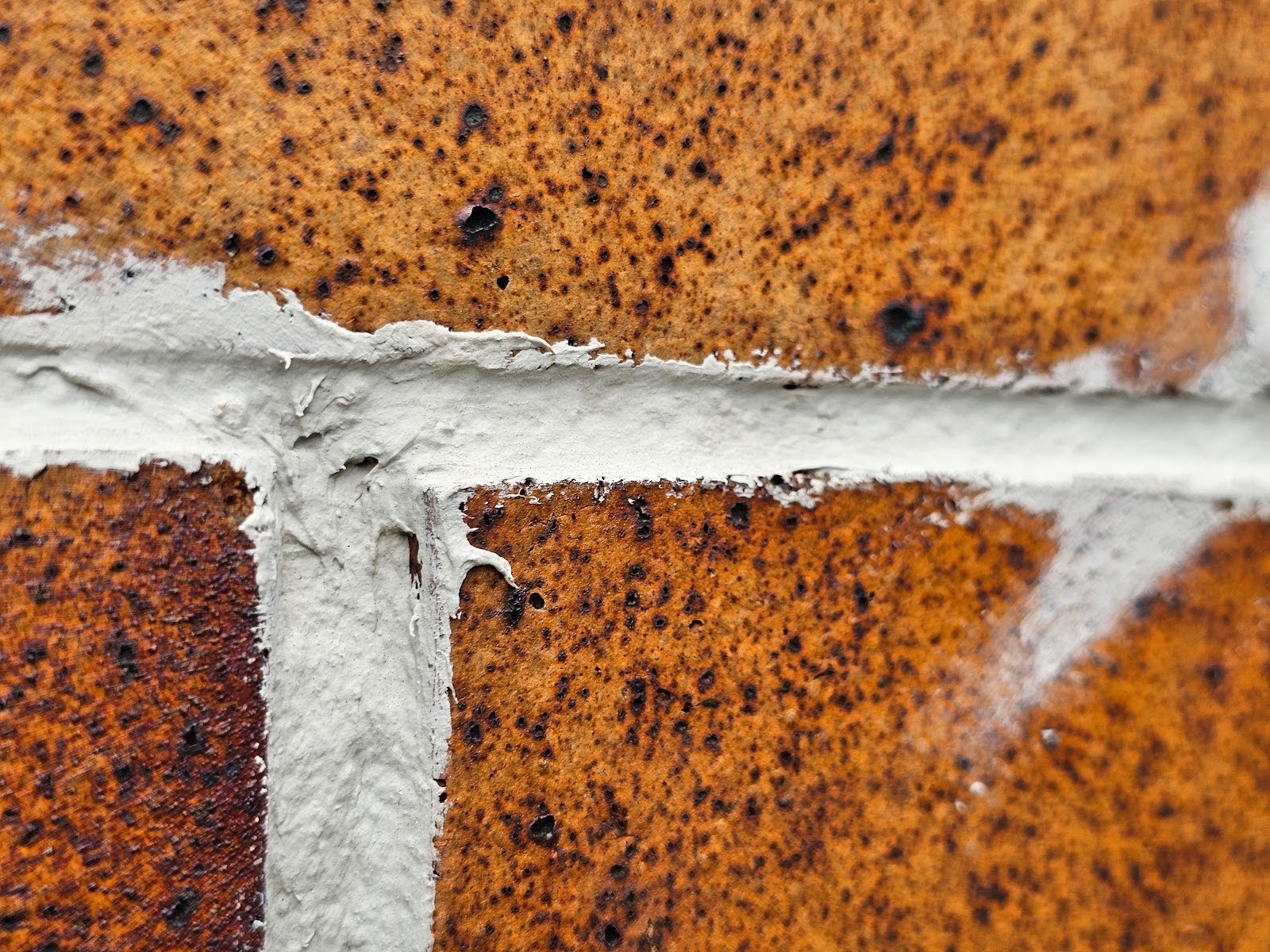
Another picture, from the same distance, but from a slightly different angle, follows below.
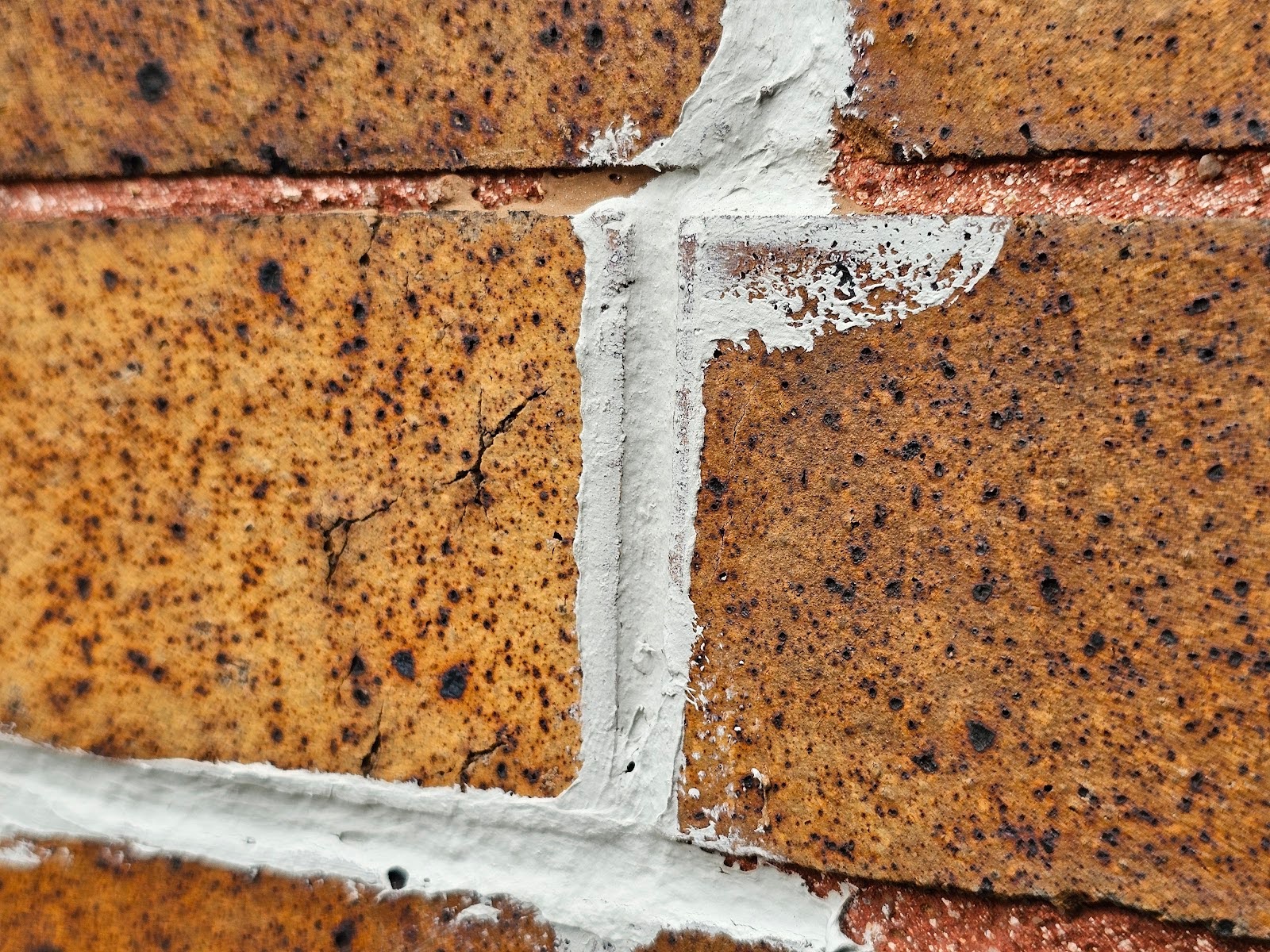
Our company, Dupont Tuckpointing and Masonry, specializes in masonry restoration, historic brick repointing, and tuckpointing services in the Washington D.C. area. These buildings are uniquely historic, and their preservation requires skilled masons who are technically trained in the best practices and knowledge of proper restoration techniques.
We understand the significance of maintaining the architectural integrity of these historic structures, and our team of experienced professionals is dedicated to delivering exceptional craftsmanship. Whether you require masonry restoration, tuckpointing, or brick repointing services, we are here to help.
At Dupont Tuckpointing and Masonry, we take pride in our work and strive to ensure that every project is executed with the utmost care and attention to detail. We are committed to preserving the rich heritage of Washington D.C.’s built environment for generations to come.
If you have any questions or needs regarding masonry restoration, historic brick repointing, or tuckpointing services, please do not hesitate to reach out to us. We would be delighted to assist you and provide you with the expertise and quality workmanship that your historic property deserves.
You can reach us by telephone at (202) 796-7644 and you can reach us by email from the contact form on our website at https://duponttuckpointingmasonrydc.com/contact-us/.




